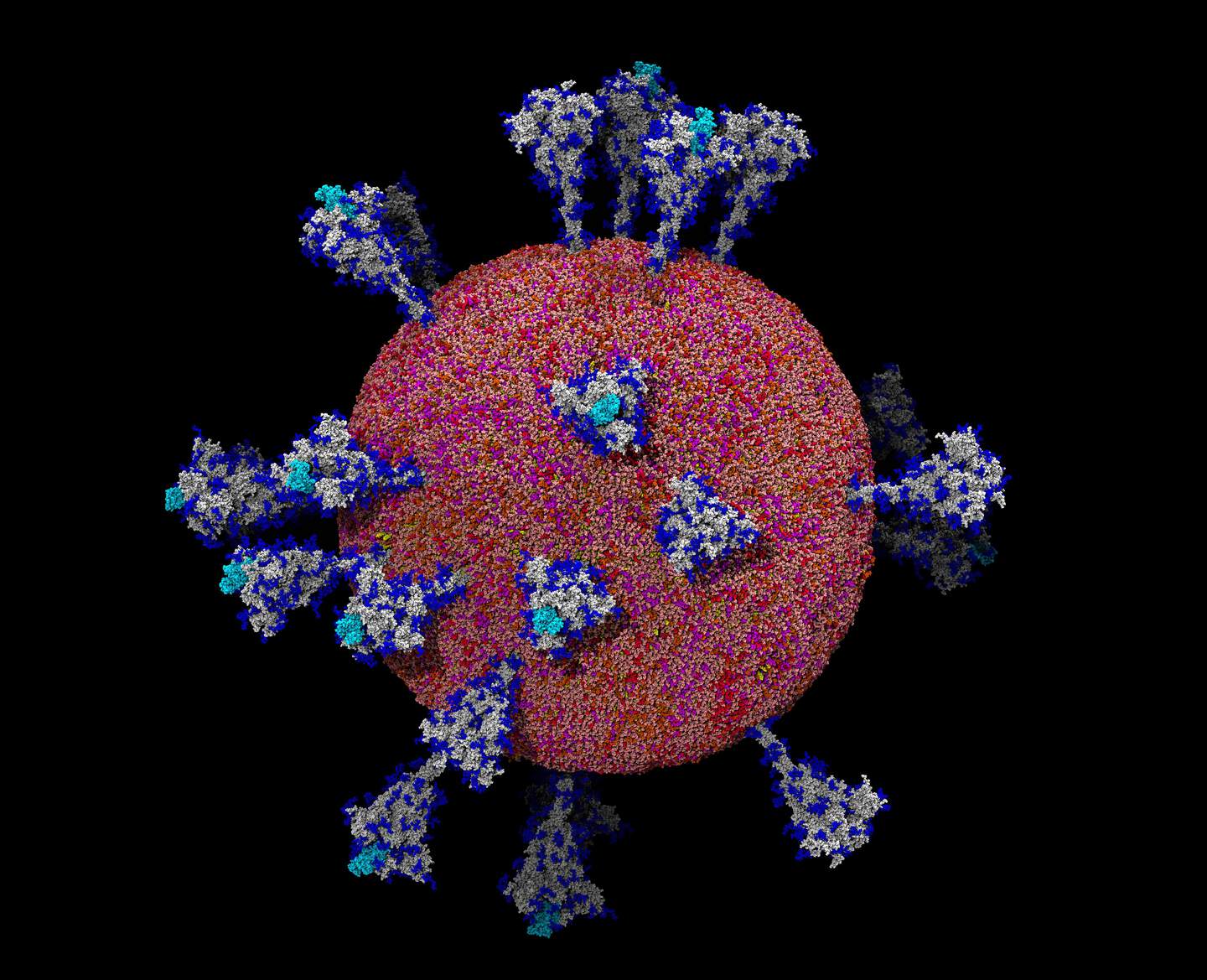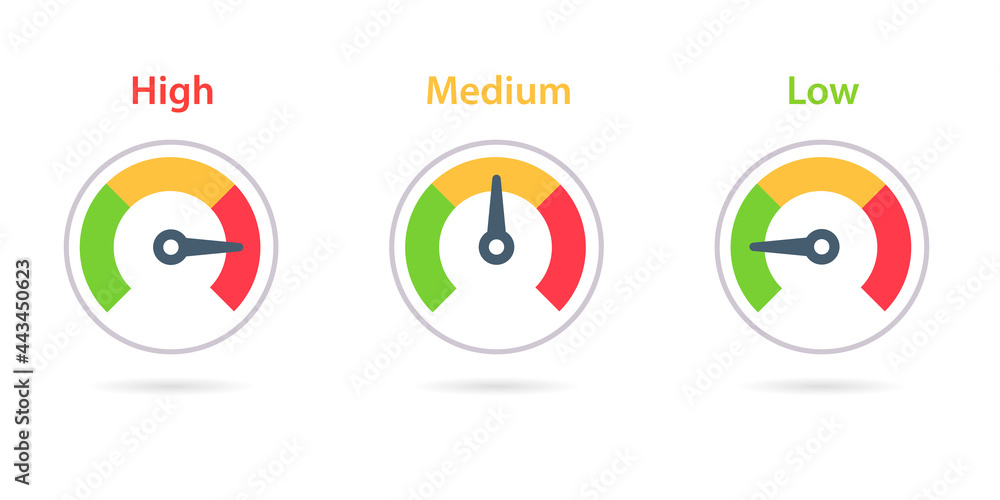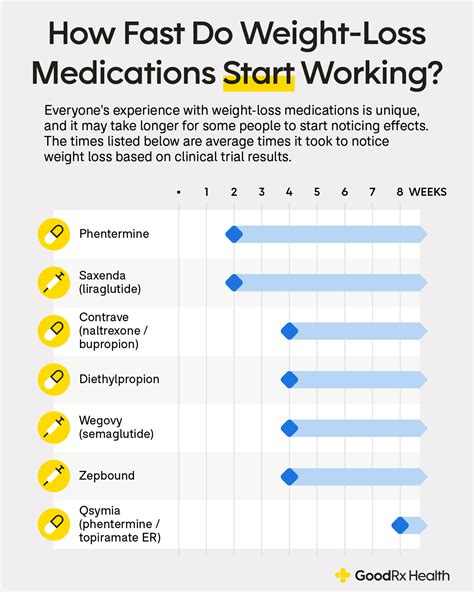Blood glucose units are a crucial aspect of diabetes management, allowing individuals to monitor and control their blood sugar levels effectively. The primary units used to measure blood glucose are milligrams per deciliter (mg/dL) in the United States and millimoles per liter (mmol/L) in most other countries. Understanding these units and how to track blood glucose levels is essential for maintaining good health and preventing complications associated with diabetes.
Why Measure Blood Glucose?
Measuring blood glucose levels helps individuals with diabetes understand how different factors such as diet, exercise, and medication affect their blood sugar. This information is vital for making informed decisions about their care, ensuring that their blood glucose levels remain within a target range. The target range can vary depending on the individual, their type of diabetes, and other health factors, but generally, the aim is to keep blood glucose levels as close to those of a person without diabetes as possible.
Understanding Blood Glucose Units
- Milligrams per Deciliter (mg/dL): This unit is commonly used in the United States to express blood glucose levels. For example, a blood glucose level of 120 mg/dL means there are 120 milligrams of glucose per deciliter of blood.
- Millimoles per Liter (mmol/L): This is the unit used in most other countries. To convert mg/dL to mmol/L, you divide the mg/dL value by 18. For instance, 120 mg/dL is equivalent to 6.7 mmol/L (120 divided by 18).
Easy Tracking Guide
Tracking blood glucose levels involves several steps and tools. Here’s a simplified guide to get you started:
Blood Glucose Meter: Invest in a reliable blood glucose meter. There are many models available, ranging from basic to advanced, with features like memory storage and the ability to download data to your computer or smartphone.
Test Strips: Always have a sufficient supply of test strips compatible with your meter. The quality of test strips can affect the accuracy of your readings.
Lancet Device: A lancet device is used to prick your finger to get a blood sample. Choose a device that allows you to adjust the depth of the prick to minimize discomfort.
Logging Your Readings: Keep a logbook or use an app to record your readings. Include the date, time, and any factors that might have influenced your blood glucose level, such as meals, exercise, or stress.
Creating a Routine: Establish a regular schedule for checking your blood glucose. This might include before and after meals, before bedtime, and occasionally during the night.
Understanding Your Results: Learn what your target range is and how to adjust your diet, exercise, and medication based on your readings. Your healthcare provider can help you interpret your results and make necessary adjustments to your care plan.
Advanced Tracking Tools
Beyond manual meters, there are continuous glucose monitoring (CGM) systems that can provide real-time glucose readings throughout the day and night. These systems consist of a small sensor inserted under the skin, a transmitter that sends data to a receiver or a smartphone app, and an app or software that allows you to view your glucose trends and patterns.
Making Informed Decisions
With accurate blood glucose data, individuals can make informed decisions about their diet, exercise routine, and medication regimen. For example, if a reading is high after a meal, it might indicate that the meal contained too many carbohydrates or that the timing of medication needs adjustment. Similarly, low readings might suggest the need for a snack to prevent hypoglycemia.
Conclusion
Blood glucose units are a fundamental aspect of diabetes management. By understanding these units and implementing an effective tracking strategy, individuals with diabetes can better control their condition, prevent complications, and improve their quality of life. Remember, managing diabetes is a continuous process that requires patience, persistence, and the right tools and knowledge.
What is the normal range for blood glucose levels?
+For individuals without diabetes, normal blood glucose levels are typically between 70 to 140 mg/dL (3.9 to 7.8 mmol/L) throughout the day. However, these targets can vary slightly depending on the individual and their specific health conditions. It's essential to consult with a healthcare provider to determine the most appropriate target range for your situation.
How often should I check my blood glucose levels?
+The frequency of checking blood glucose levels depends on several factors, including the type of diabetes you have, your treatment plan, and how well your blood sugar levels are controlled. Typically, individuals with type 1 diabetes and some with type 2 diabetes may need to check their levels several times a day. Your healthcare provider can advise on the best schedule for your specific needs.
Can I use a continuous glucose monitoring system if I have type 2 diabetes?
+Yes, continuous glucose monitoring (CGM) systems are not limited to individuals with type 1 diabetes. They can be beneficial for those with type 2 diabetes, especially those on insulin or other medications that increase the risk of hypoglycemia, and for those who have difficulty controlling their blood glucose levels. Discussing the potential benefits and cost with your healthcare provider can help determine if a CGM system is right for you.
By following this guide and consulting with healthcare professionals, individuals with diabetes can navigate the complexities of blood glucose management with confidence, leading to better health outcomes and an improved quality of life.


